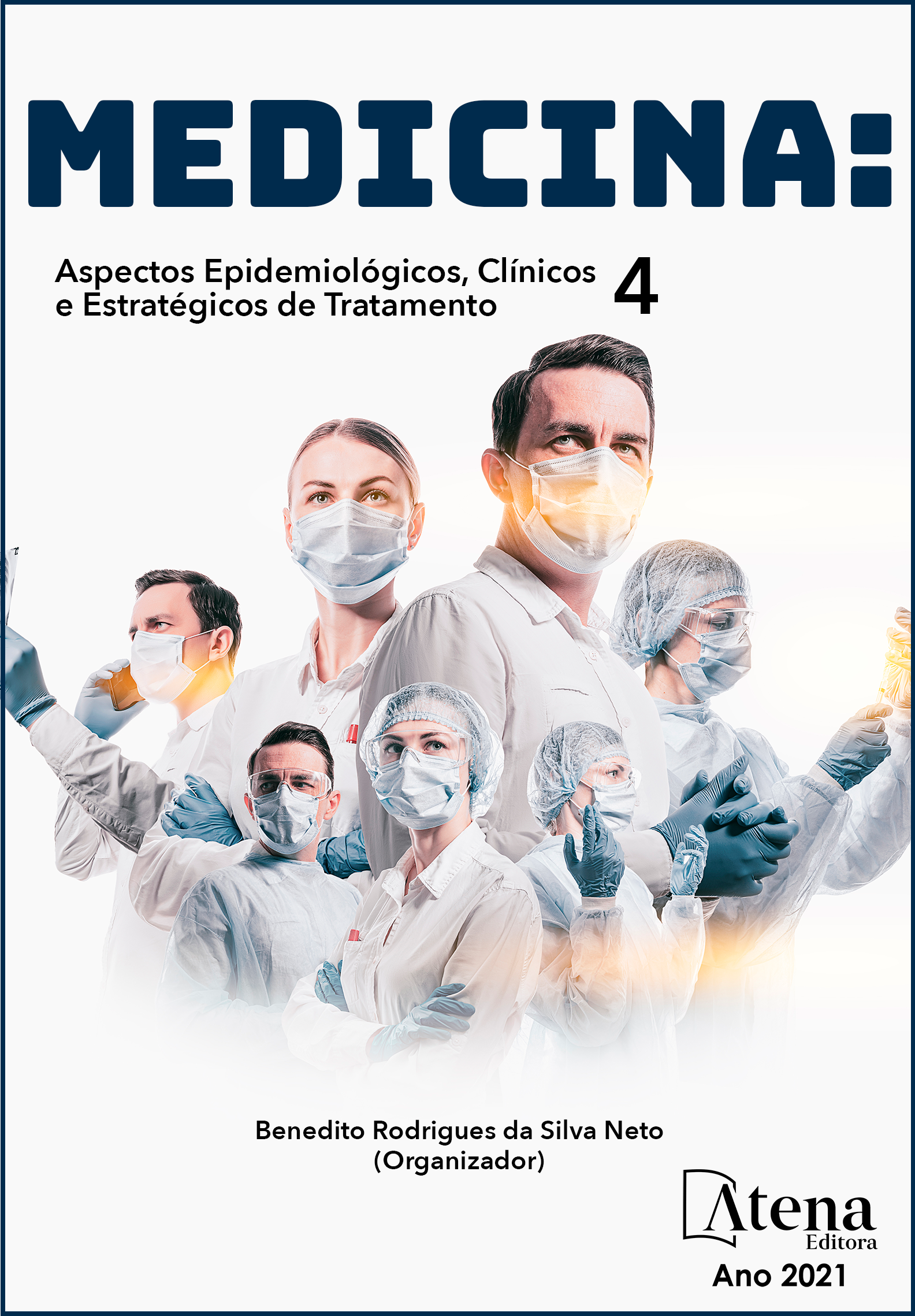
UM BREVE PANORAMA DE ESTRESSE PÓS-TRAUMÁTICO EM JOVENS VÍTIMAS DE ABUSO SEXUAL
Introdução: O abuso sexual atinge todas as faixas etárias, classes sociais e ambos os sexos, especialmente crianças, adolescentes e mulheres jovens e tem sido considerado um grave problema de saúde pública no mundo. O transtorno do estresse pós-traumático (TEPT) é a psicopatologia mais prevalente do abuso sexual, podendo ter também alterações comportamentais, cognitivas, emocionais e sintomas físicos. Objetivo: Determinar a relação entre abuso sexual infantil e de adolescentes e TEPT. Método: Foi realizada uma pesquisa nos bancos de dados como SCIELO e LILACS, com os descritores: Transtornos de Estresse Pós-Traumático, Abuso Sexual na Infância, Psiquiatria do Adolescente, Terapia Psicanalítica e Psiquiatria Infantil. Dos artigos encontrados só foram utilizados os mais recentes, de até 19 anos. Discussão: O abuso sexual contempla outros aspectos além do intercurso sexual, mas para ocorrer sempre necessita da presença de um ser dominador que usa do poder para satisfazer seus desejos. Quando ocorre durante a infância implica atraso no desenvolvimento cognitivo, o que pode levar ao aparecimento de transtornos, sendo que de 20% a 70% das vítimas desenvolvem transtornos na forma de TEPT. A terapia cognitivo comportamental trabalha na tentativa de alterar a identidade que a vítima criou após a exposição à situação estressante, no caso o abuso sexual. A TCC se mostrou mais benéfica no tratamento de TEPT do que as outras opções disponíveis, como a não intervenção ou a terapia centrada na criança. Conclusão: O TEPT é o transtorno mais relacionado ao abuso sexual e a TCC se mostrou a mais eficaz no tratamento de tal transtorno. A terapia reconstrói a crença central da vítima, o que permite alterar pensamentos negativos formados com base no trauma, substituindo-os por algo positivo.
UM BREVE PANORAMA DE ESTRESSE PÓS-TRAUMÁTICO EM JOVENS VÍTIMAS DE ABUSO SEXUAL
-
DOI: 10.22533/at.ed.59621140520
-
Palavras-chave: Transtornos de Estresse Pós-Traumático; Abuso Sexual na Infância; Psiquiatria do Adolescente; Terapia Psicanalítica; Psiquiatria Infantil
-
Keywords: Stress Disorders, Child Abuse, Adolescent Psychiatry, Psychoanalytic Therapy; Child Psychiatry
-
Abstract:
Introduction: Sexual abuse affects all age groups, social classes and both sexes, especially children, adolescents and young women and has been considered a serious public health problem in the world. Post-traumatic stress disorder (PTSD) is the most prevalent psychopathology of sexual abuse, and may also have behavioral, cognitive, emotional and physical symptoms. Objective: To determine the relationship between child and adolescent sexual abuse and PTSD. Method: A search was carried out in databases such as SCIELO and LILACS, with the descriptors: Post-Traumatic Stress Disorders, Child Sexual Abuse, Adolescent Psychiatry, Psychoanalytic Therapy and Child Psychiatry. Of the articles found, only the most recent ones, up to 19 years old, were used. Discussion: Sexual abuse contemplates other aspects besides sexual intercourse, but to occur it always needs the presence of a dominating being who uses power to satisfy his desires. When it occurs during childhood it implies a delay in cognitive development, which can lead to disorders, with 20% to 70% of victims developing disorders in the form of PTSD. Cognitive behavioral therapy works in an attempt to change the identity that the victim created after exposure to a stressful situation, in this case sexual abuse. CBT has been shown to be more beneficial in the treatment of PTSD than the other options available, such as non-intervention or child-centered therapy. Conclusion: PTSD is the disorder most related to sexual abuse and CBT has proved to be the most effective in the treatment of such disorder. The therapy reconstructs the victim's central belief, which allows to change negative thoughts formed on the basis of trauma, replacing them with something positive.
-
Número de páginas: 11
- Gabriela de Santi Gianotti
- Daniela Bueno Larrubia
- Thaissa Martins Miranda


